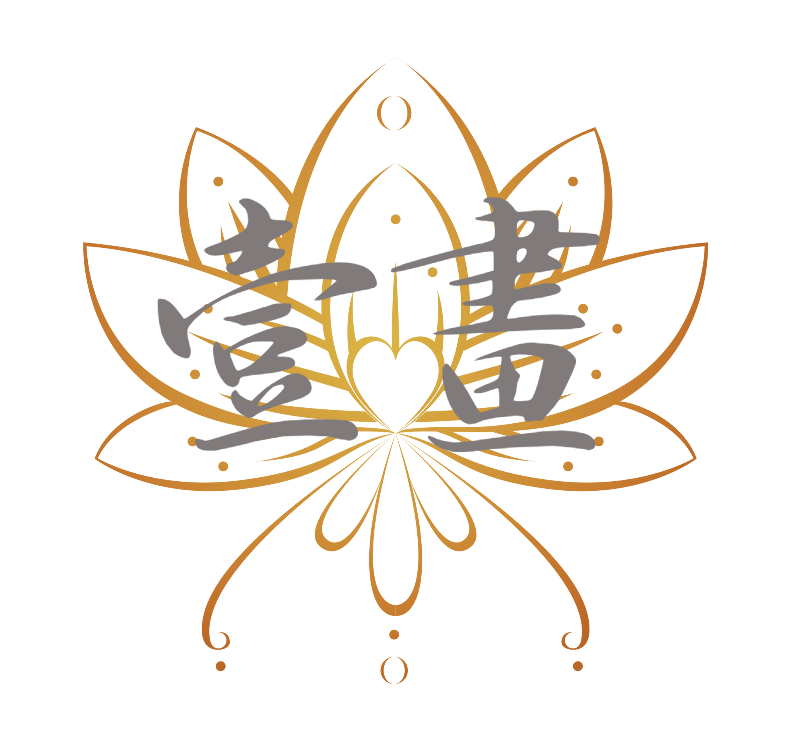Chapter 1: Comprehensive Overview of the Global Incense Burner Market
1.1 Deep Dive into Market Size and Growth Drivers
According to the latest data from Grand View Research, the global incense burner market reached US$5.87 billion in 2023 and is projected to exceed US$8.93 billion by 2030, with a compound annual growth rate (CAGR) of 6.2%. This growth is primarily driven by three core factors:
1.1.1 Global Spiritual Consumption Wave
- The number of meditation practitioners in North America has increased by 37% over the past five years, driving demand for related products.
- Japan’s “temple economy” generates over 200 billion yen annually, with incense burners accounting for 18% of purchases.
- Europe’s wellness industry is expected to reach 1.2 trillion euros by 2025, with incense burners in high demand as ambiance-enhancing tools.
1.1.2 Breakthroughs in Material Technology
- New high-temperature-resistant ceramic materials extend the lifespan of incense burners by 3-5 times.
- Nano-coating technology addresses copper oxidation issues, reducing maintenance costs by 60%.
- Eco-friendly composite materials reduce product weight by 40%, significantly lowering logistics costs.
1.1.3 E-Commerce Channel Transformation
- On Amazon’s home goods category, searches for “meditation incense burner” have grown by 143% year-over-year.
- Alibaba data shows a 89% increase in inquiries for incense burner products in 2023.
1.2 Regional Market Differentiation Map
Mature Markets in Asia-Pacific:
Japan: Preference for copper “Kyoto castings,” priced between US$150−800.

Thailand: Temples purchase over 2 million units annually, primarily featuring gold-gilded craftsmanship.
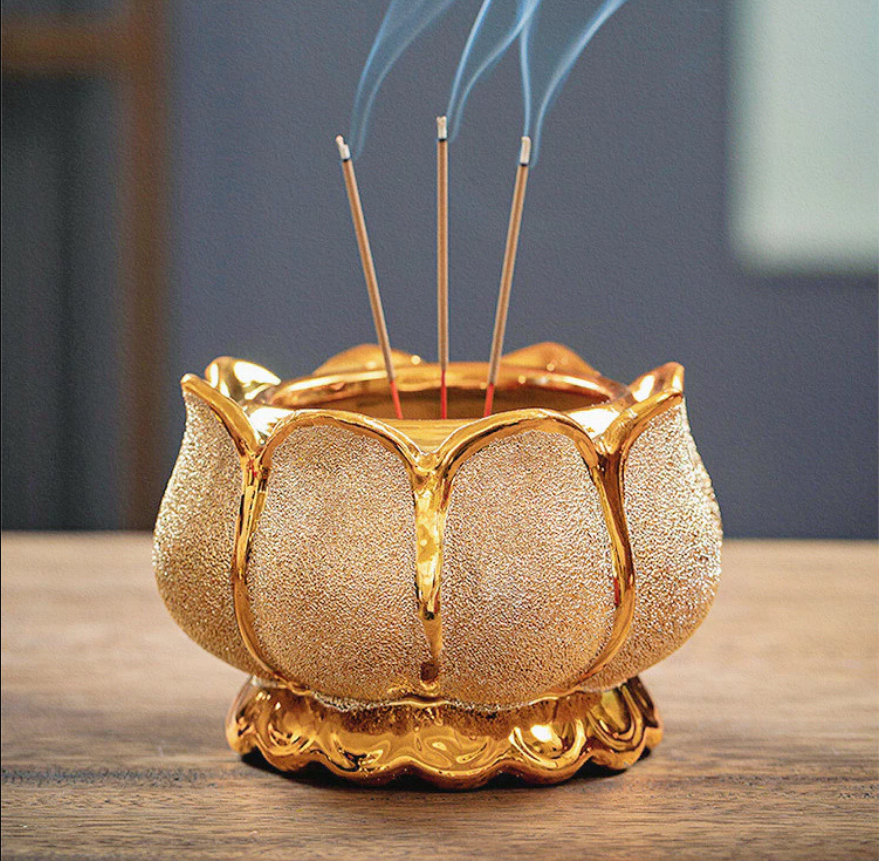
India: Brass incense burners dominate 75% of the market, with an average monthly export volume of 350,000 units.
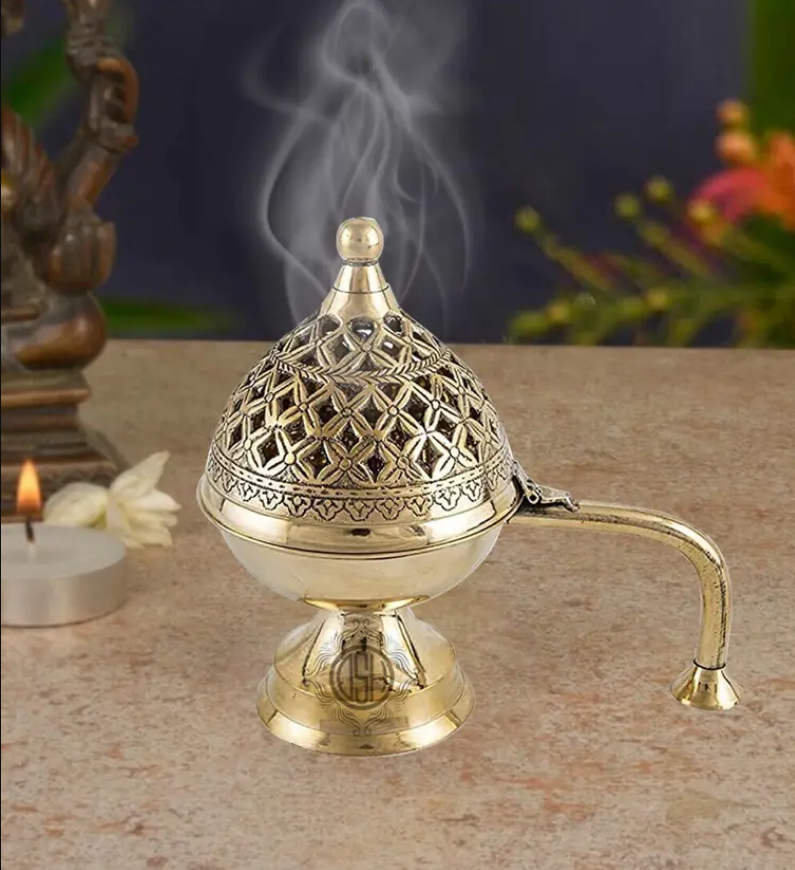
Emerging Markets in Europe and America:
United States: Modern minimalist styles command a 300% premium, with annual growth of 21%.
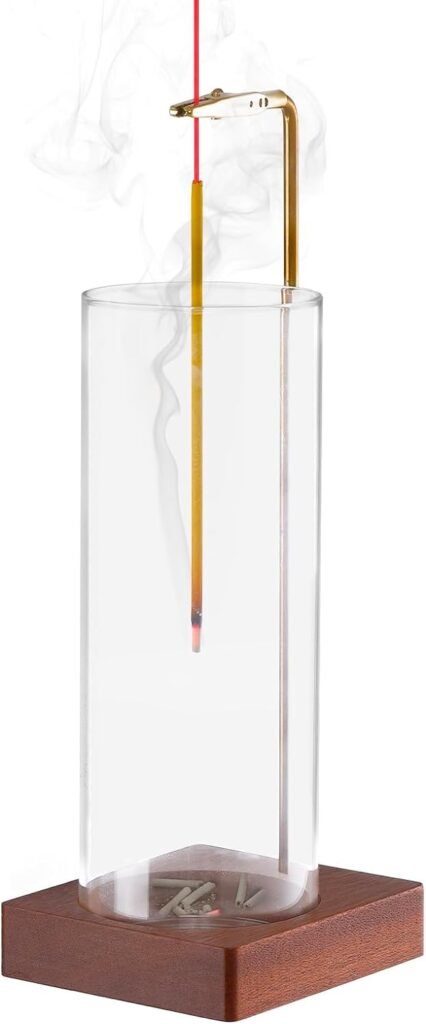
Germany: Demand for functional incense burners (e.g., with air purification features) is growing at 45% annually.

France: Art collaboration editions are selling briskly in luxury channels.

Potential Markets in the Middle East:
UAE: Halal-certified incense burners have seen import value grow by 67% annually.
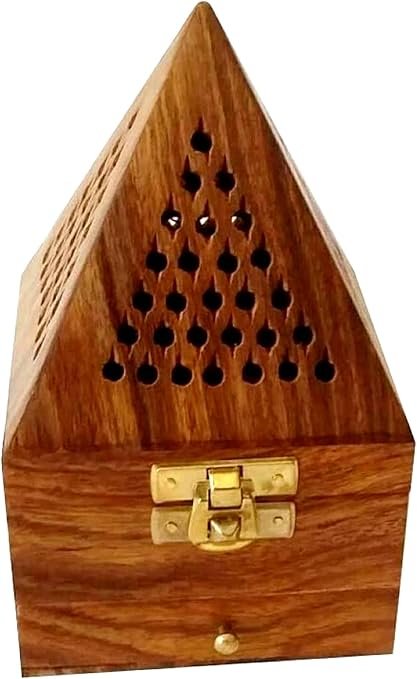
Saudi Arabia: The high-end agarwood burner gift set market is valued at US$230 million.
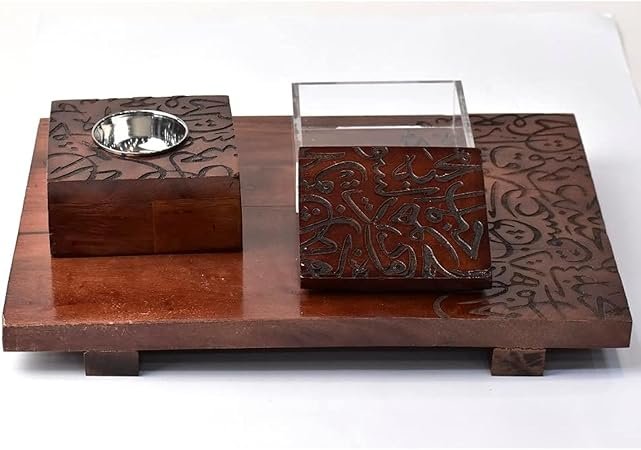
Chapter 2: In-Depth Analysis of Product Innovation Trends
2.1 Material Revolution: From Traditional to Future
2.1.1 Sustainable Material Matrix
- Bamboo fiber composites: 40% stronger with 65% lower carbon footprint.
- Recycled metals: Using recycled copper reduces costs by 25% and qualifies for LEED certification.
- Bio-ceramics: New formulas incorporating rice husk ash reduce firing temperatures by 15%.
2.1.2 Smart Material Applications
- Thermochromic glazes: Change color with temperature variations.
- Self-cleaning coatings: UV-catalyzed decomposition of residues.
- Sound-absorbing ceramics: Reduce ash-pouring noise by 30 decibels.
2.2 Evolution of Design
2.2.1 Modernist Design Language
- Geometric minimalism: Danish brand Menu’s cylindrical incense burner retails for €299.
- Modular systems: Interchangeable incense modules for multi-scene applications.
- Hidden structures: Japanese designer Naoto Fukasawa’s “Vanishing Incense Burner” series.
2.2.2 Cultural Fusion Innovations
- Hybrid designs combining Arabic patterns with Nordic minimalism.
- Crossovers between Buddhist mandalas and Art Deco.
- 3D-printed traditional motifs with 0.1mm precision.
2.3 Integration of Smart Technology
2.3.1 Features of Third-Generation Smart Incense Burners
- Bluetooth Mesh networking: Supports multi-device connectivity.
- VOC sensors: Automatically adjust combustion efficiency.
- Smart reminders: APP notifications for maintenance.
2.3.2 Analysis of Representative Products
- Xiaomi ecosystem’s “Smart Incense” series: Monthly sales of 23,000 units.
- French brand Diptyque’s electronic incense burner: Available in 50 five-star hotels.
- Japanese brand ±0’s smart incense burner: Winner of the 2023 Good Design Gold Award.
Conclusion: Navigating the Future of the Global Incense Burner Market
The global incense burner market stands at a fascinating crossroads, where ancient traditions intersect with cutting-edge innovation. As we look toward 2025 and beyond, several key takeaways emerge for industry stakeholders:
- Sustainability is Non-Negotiable – Eco-conscious materials and ethical production practices are no longer differentiators but baseline expectations, especially in Western markets.
- Cultural Intelligence Drives Success – Understanding regional and religious nuances will separate thriving businesses from those struggling to adapt.
- Technology is Reshaping Rituals – Smart features are expanding usage scenarios beyond traditional settings into modern wellness spaces.
- The Artisanal Advantage Endures – While mass production dominates the low-end market, craftsmanship and storytelling continue to command premium pricing.
The incense burner, once a static ritual object, has transformed into a dynamic category reflecting humanity’s eternal search for meaning, beauty, and connection. Those who can authentically bridge heritage and innovation will own the future of this remarkable market.
.png)

